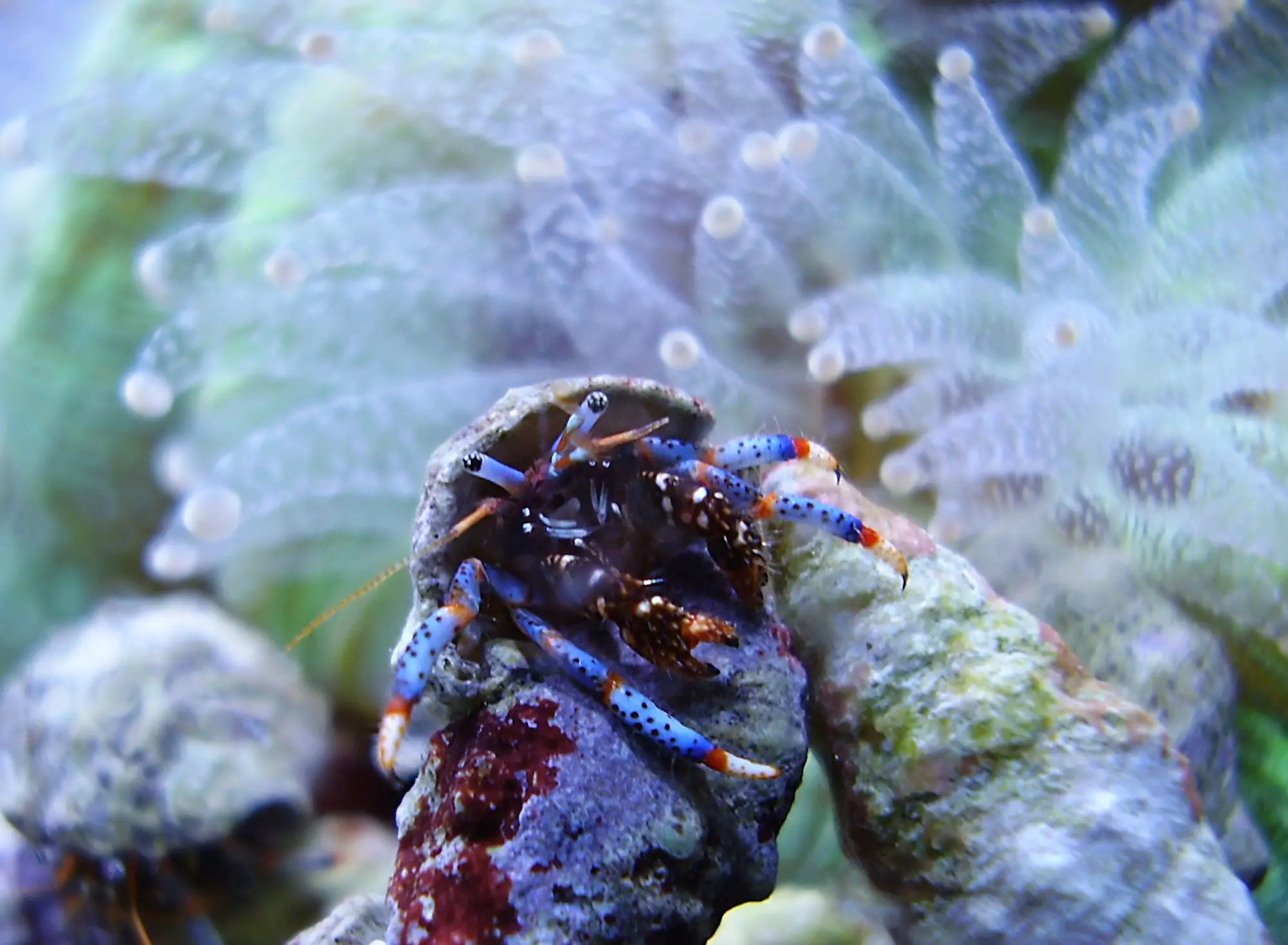As aquarists seek to maintain the delicate balance of their underwater ecosystems, many opt for natural cleaners to combat algae growth. Among the first chosen are hermit crabs and snails, which are well-regarded for their cleaning capacities—acting as the custodians of reef tanks. Understanding which specific species contribute positively to aquarium health is crucial, as this knowledge allows aquarists to avoid potential pitfalls and ensure a thriving underwater environment.
Understanding the Role of Hermit Crabs
Hermit crabs, particularly those belonging to the phylum Arthropoda and subphylum Crustacea, are fascinating scavengers that play an essential role in aquatic habitats. These crustaceans thrive on detritus, consuming a wide array of organic matter, including algae. However, not all hermit crabs are suitable for reef tanks; selecting reef-safe species is fundamental for maintaining ecosystem harmony. Smaller hermit crabs that reach only a couple of inches in length are preferred due to their ability to navigate tight spaces without disturbing other aquatic life.
Conversely, larger species like the Anemone Carrying Hermit or Halloween Hermit can disrupt the tank’s dynamics. Their bulky shells can topple rock formations and disturb corals, leading to ecological imbalance. Aquarists must also consider that these larger hermit crabs will outgrow their shells and require new, larger homes. A notable species is the Striped Hermit Crab (Clibanarius vittatus), which is frequently imported for the aquarium trade but should be monitored for suitable shell supply to prevent aggressive behavior as it ages.
Identifying Ideal Hermit Crab Species
When selecting hermit crabs for reef systems, aquarists should aim for species that are small and efficient. The Dwarf Zebra Hermit Crab, for instance, is a popular choice due to its small stature and effective algae-feasting capabilities. Other desirable species include the Blue Legged Hermit (Clibanarius tricolor) and the Red Legged Hermit (Clibanarius digueti), the latter reputed for its superior ability to consume undesirable red slime algae.
Moreover, the Blue Eyed Hermit Crab (Paguristes erythrops), though larger, benefits aquariums by stirring substrates, which aerates the tank environment. Additionally, the Scarlet Hermit Crab (Paguristes cadenanti) garners significant attention from aquarists not only for its attractive coloration but also for its diverse algae-eating habits. Each of these species contributes uniquely to algae control, ensuring that aquarists can effectively manage harmful algal blooms without compromising their reef’s integrity.
In addition to hermit crabs, snails are indispensable in keeping aquarium ecosystems clean. Through their relentless grazing, species such as Astraea, Turbo, and Trochus snails contribute to algae reduction. Notably, the Astraea snail is particularly effective and can be introduced early in an aquarium’s life cycle, as they thrive once ammonia and nitrite levels stabilize below 1 ppm. These snails excel particularly at consuming diatoms, and they also tackle red slime and green hair algae—making them a cornerstone for maintaining aquatic health.
Turbo and Trochus species further extend their algae-fighting capabilities, albeit with the caveat that they may struggle with uneven surfaces. Alternating their efforts between glass cleaning and substrate foraging enhances their effectiveness as algae controllers.
While many snails provide significant benefits, aquarists must remain vigilant against predatory varieties, particularly those within the Conus genus. These venomous snails can pose severe risks, not only to other marine life but potentially to humans as well. Generally, predatory species do not appear for sale in retail stores but may inadvertently enter an aquarium alongside live rock.
Moreover, while species like the Black Nerite snail (Nerita picea) are effective at algae control, they may not be ideal for all setups. Their tendency to escape from tanks necessitates careful consideration, as these snails can crawl out of the aquarium, leading to their demise.
In the world of aquarium keeping, hermit crabs and snails serve crucial functions that significantly affect the health of aquatic ecosystems. By understanding their distinct roles and characteristics, aquarists can become better stewards of their environments. Each selection, from the smallest hermit crab to the most diligent snail, should be made with awareness of its impact on the ecosystem. With informed choices, aquarium enthusiasts can maintain vibrant and balanced marine habitats that thrive for years to come.


Leave a Reply